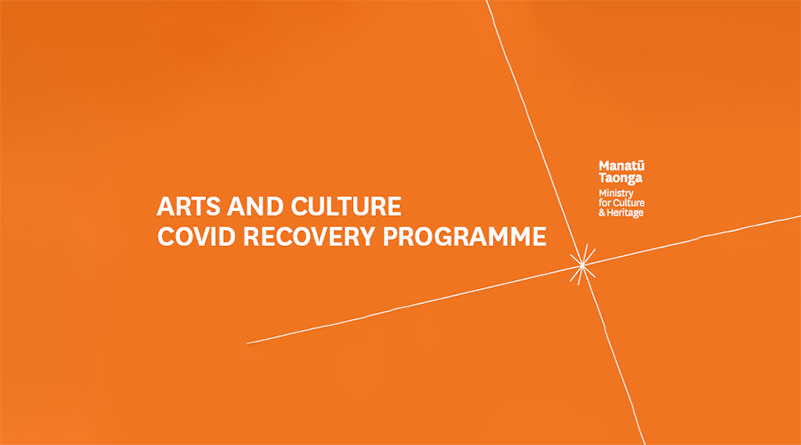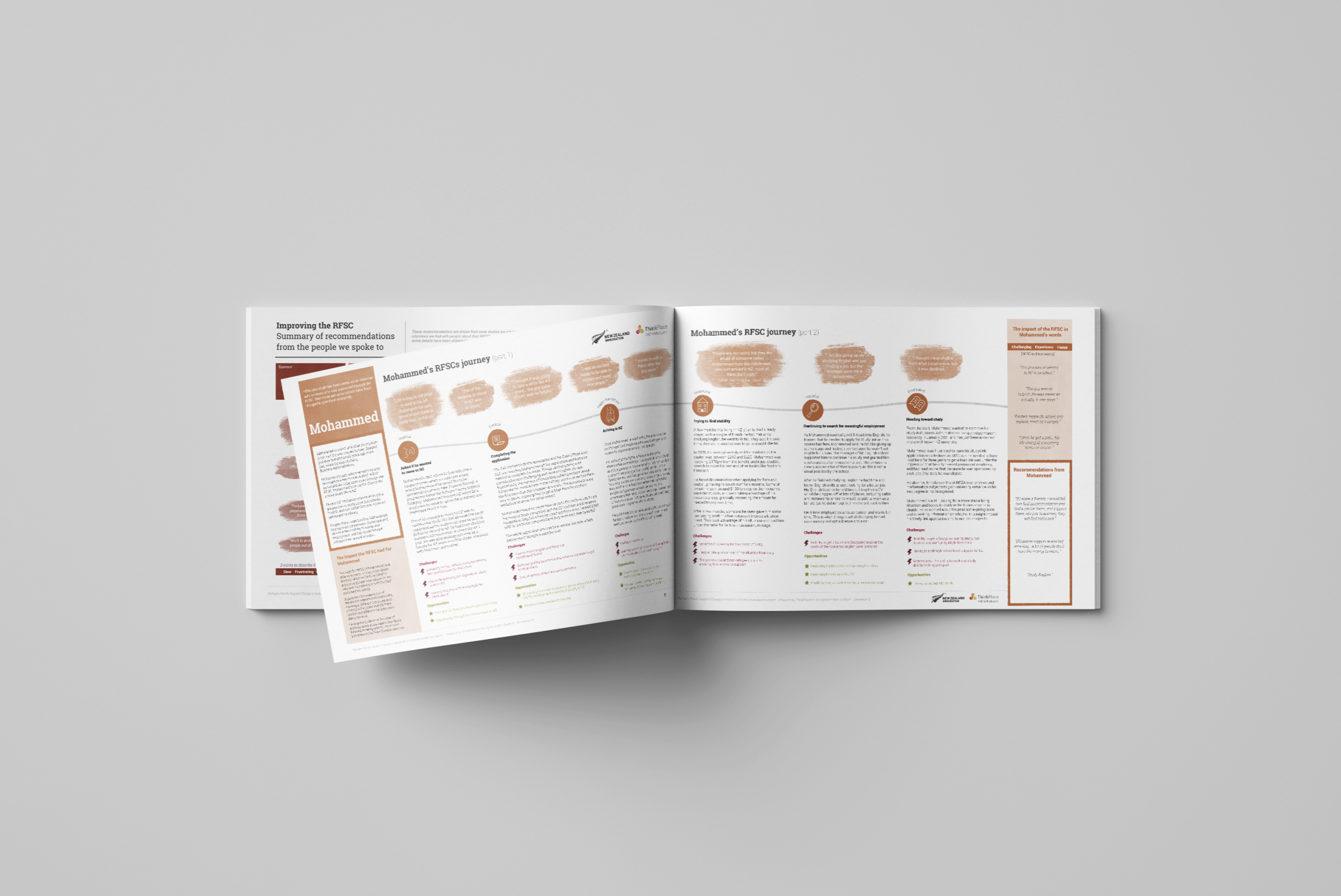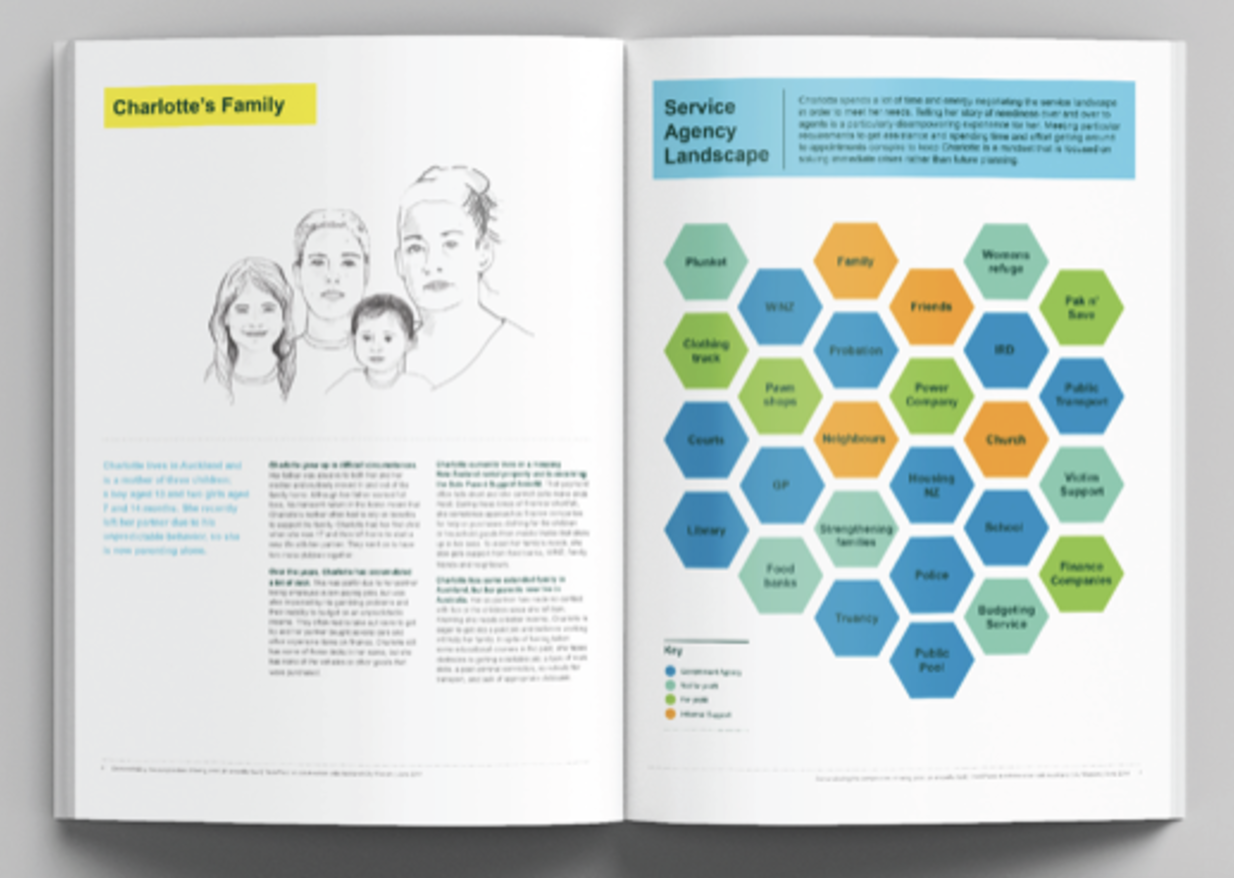STUDIO
Manatū Taonga — Ministry for Culture and Heritage
The impacts of COVID-19 were far reaching, however there were few sectors that felt the impacts of the lockdowns more than the arts and culture sector.
This sector has a high proportion of independent and self-employed artists, musicians and creatives who rely on the ability of people to congregate in groups and public spaces. The sector already experienced persistent inequities (especially Māori, Pasifika, ethnic communities, independent artists, small organisations) and was highly concerned that COVID-19 would exacerbate this. The government recognised that a substantial loss of talent from this sector would have had a major impact on the wellbeing of all New Zealanders.

In response, they launched a landmark, multi-million-dollar investment package to ensure the sector survived, revived, and thrived into the future. Manatū Taonga – Ministry for Culture and Heritage was entrusted to design the policy settings that governed those funds and wanted to ensure that all parts of the sector were involved in guiding those policy settings.
We conducted a series of online workshops with a diverse range of stakeholders to explore the current barriers to accessing funding and to explore ideas for the future. Doing this online meant that people from across the country could contribute – this was important for inclusion. The style of the workshops meant that all voices were valued, welcomed and heard, even if they weren’t in agreement.

Significant insights were surfaced during the workshops and these insights had a major bearing on the way the recovery funds were designed. Two examples come to mind.
- The first example: One insight was is that many of the artists and creatives who would benefit from accessing funding don’t apply because the application process is confusing, onerous, or limited in style. A response to this insight was to allow application formats other than written (e.g. video).
- The second example: Another insight was is that one of the funds, an innovation fund, was incentivising collaboration between organisations. But the idea for a collaboration doesn’t just happen. Relationships need to be formed, people need to spend time together, and eventually the idea will emerge. The response to this insight was to design a two-step funding process: a small amount of initial funding to support the formation of a collaboration, and then the potential for a larger amount to fund the idea that emerges from that collaboration.

These strategic adjustments allowed the funds to be distributed more effectively, enhancing accessibility and ensuring a robust and equitable recovery for the arts and culture sector. The success of this initiative highlighted the power of inclusive dialogue and innovative policy design in overcoming significant challenges and set a foundation for a vibrant, resilient arts community in New Zealand.The funds were dispersed, accessibility was increased, and the arts and culture sector recovered strongly and more equitably.



